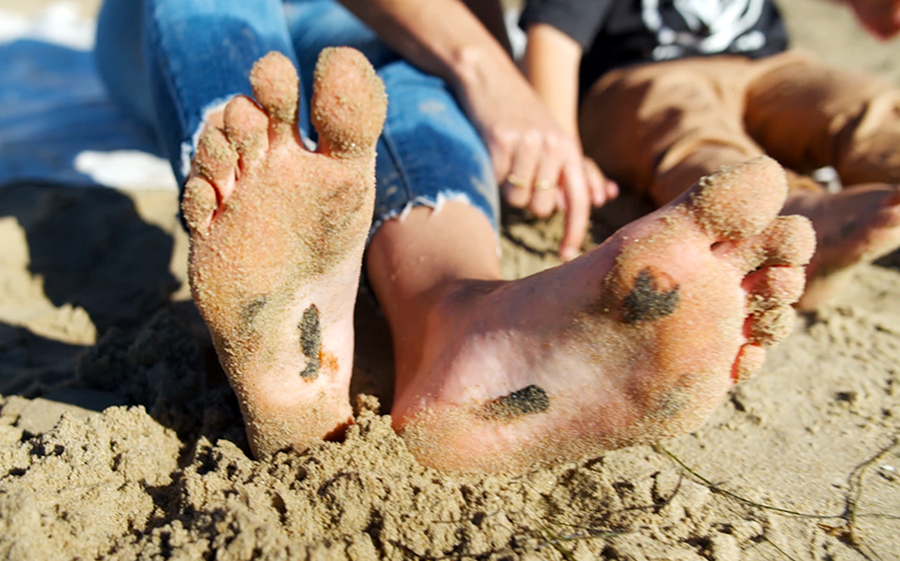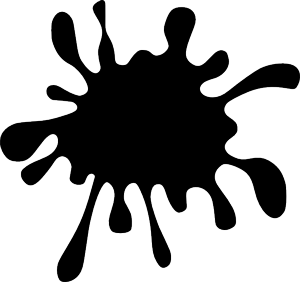
Where Does Beach Tar Come From?
Beach tar are lumps or fragments of oil with solid or semi-solid consistency that can be found on the shorelines across Southern California. The combination of debris and hydrocarbons present in the water column leads to the formation of beach tar. You may come across tar in Santa Barbara and Los Angeles beaches. However, the situation is worse in Santa Barbara County. Some people say that beach tar comes from the ground, while others claim it is due to oil spills in the ocean. So, where does beach tar come from?
Where Does Beach Tar Come From?
Specific types of rocks, such as limestone, shale, and sandstone, contain tar. These rocks are present in the ocean's bottom and have small holes. The pores allow the petroleum or related materials to seep through the rocks' pores when the ocean floor sediments undergo shifting.
Water is thicker than petroleum, meaning the tar can rise to the ocean's top or surface. Heavy winds and tides carry the tar to shore. Many researchers and geologists believe that petroleum-based materials, including tar, which exists in the ocean's bottom, naturally leak into the environment.
So, this has been happening for thousands of years. Generally, people believe that the source of beach tar originates from onshore bulk oil drilling and storage or offshore petroleum production.
Experts say that beach tar formation also originates from marine transportation discharges, including vessels pumping bilges and cleaning tanks. Besides, inappropriate automotive oil disposal and runoff from storm sewers are also sources of beach tar.
Natural seepage from the floor of the ocean is another source of beach tar. According to the National Oceanic and Atmospheric Administration (NOAA), beach tar originates from three primary sources: shore-side facilities (storm sewers that deposit automotive oils), vessels pumping bilges/tank cleaning, and natural seepage from ocean floors.
The oil present in the water undergoes a process called weathering. During the process, lighter fractions of oil evaporate, leading to heavy asphalt-like material that accumulates on the beach.
Research shows that 80,000 to 100,000 barrels of oil were released into the ocean during the 1969's Santa Barbara oil spill. This caused severe problems in the area, making it the third-largest oil spills in the history of the United States. Bear in mind that 100,000 barrels of oil are equivalent to 4.2 million gallons.
Likewise, the 2015's Refugio oil spill led to the release of over 3,400 barrels of oil. The local and state government made substantial efforts to clean up the area after the incident. According to the Independent, Researchers analyzed 44 tar samples collected from different beaches between Santa Barbara and Los Angeles.
However, researchers found that one sample had originated from the oil spill. The aftermath was devastating for the ecosystem, leading to the death of hundreds of animals. The response team collected and saved only one hundred mammals and birds.
Beach tar creates a lot of mess and nuisance.
For instance, when you walk barefoot on Santa Barbara beach, especially in the impacted areas, you will notice tar residues on your feet. Generally, there are minimal health issues associated with beach tar.
However, it is crucial to remove the tar from your feet or any other body part as soon as possible. Otherwise, prolonged skin contact with heavy oil residues can cause allergic reactions, skin rash, or dermatitis.
Consult your healthcare provider if the rash or allergic reaction is severe. Besides, if you are sensitive to chemicals, make sure you remove the tar quickly from your skin to avoid complications which is why it’s best to keep Oil Slick Beach Tar Remover handy in your car or beach bag!
How to Remove Beach Tar from Your Skin?
Removing beach tar from your skin is essential, especially if you are sensitive to petroleum-based products. After stepping off the beach, you can grab a few paper towels or an old rag to spray Oil Slick Beach Tar Remover on to gently rub off your feet or affected areas.
With Oil Slick you can avoid using solvents, gasoline, and any other harmful materials to get the tar removed. Not to mention that Oil Slick works as a surf wax remover and can clean wetsuits too! If you still have those old patches of surf wax on your board from a few swells ago that just seem to not come off, Oil Slick will do the trick. Secondly, it can clean those dirty fishing lines covered in tar and it also removes glue and adhesives off your hands.

